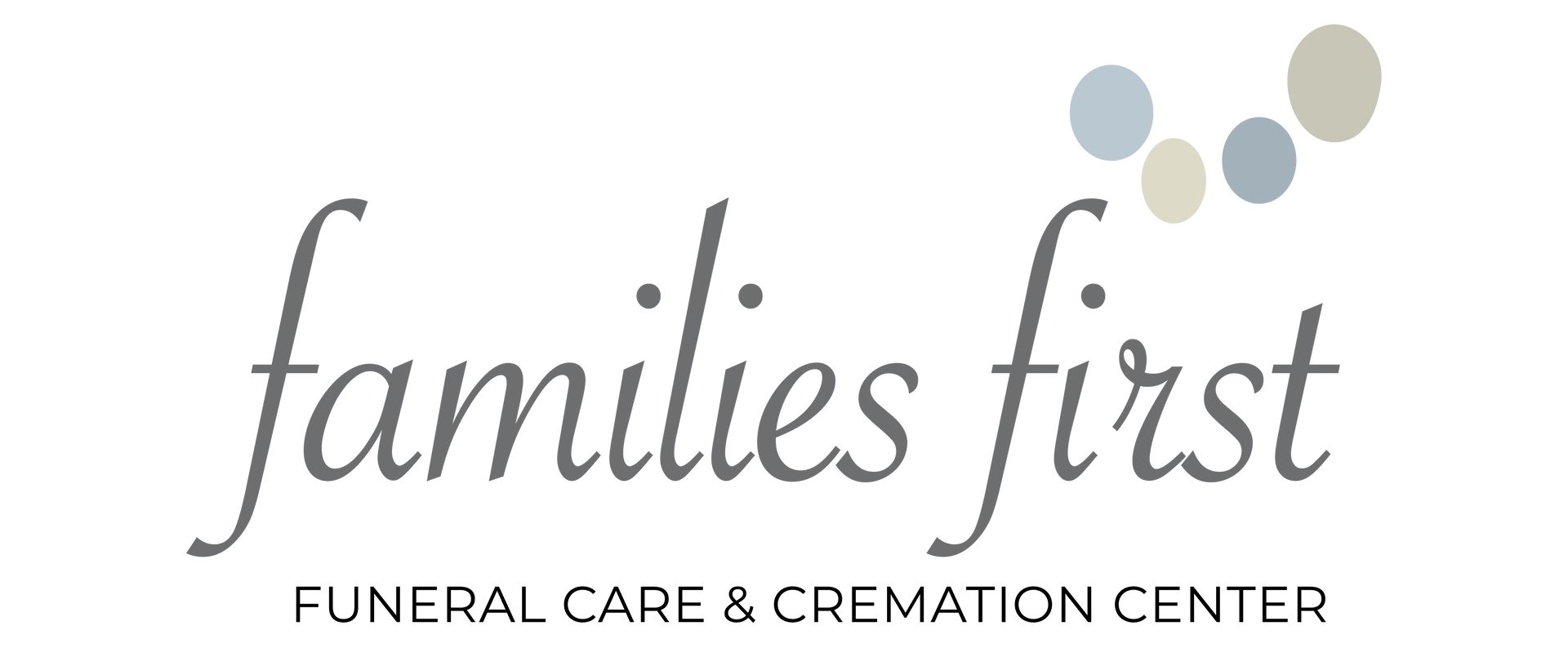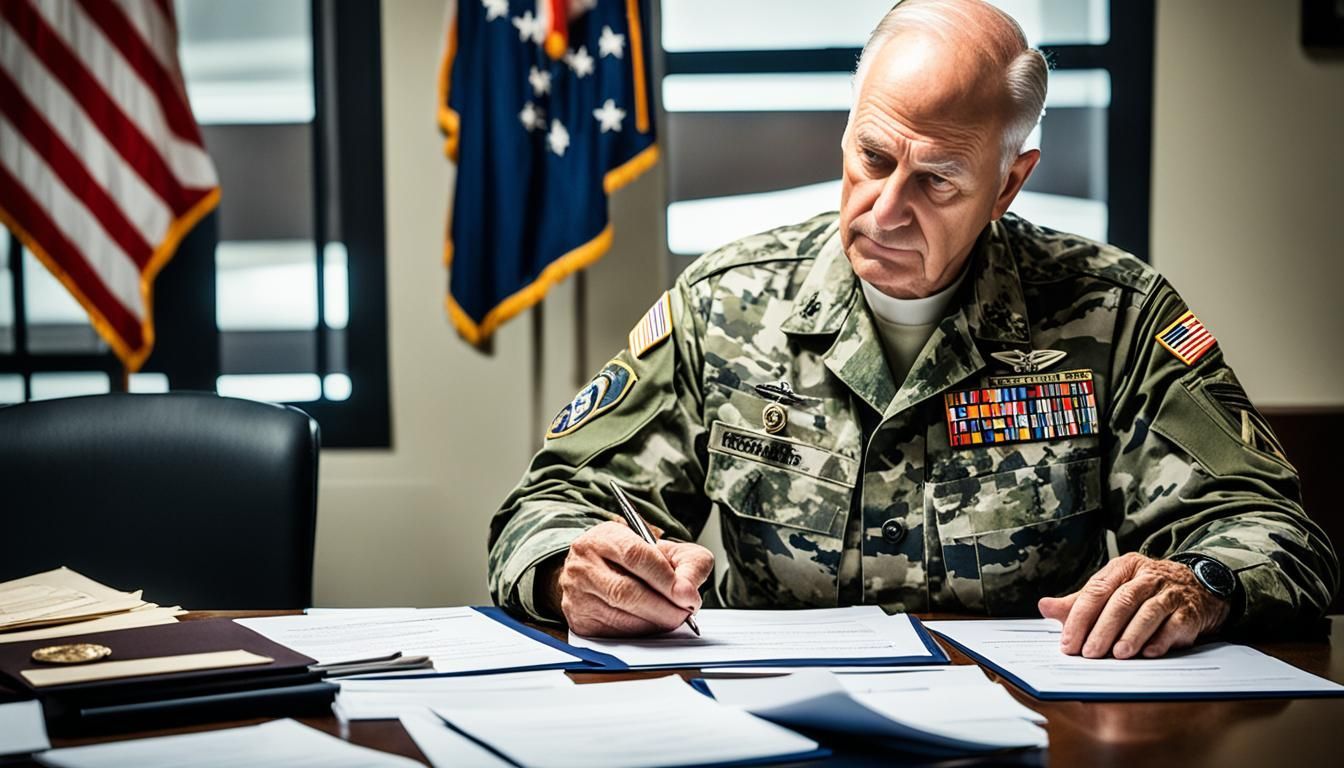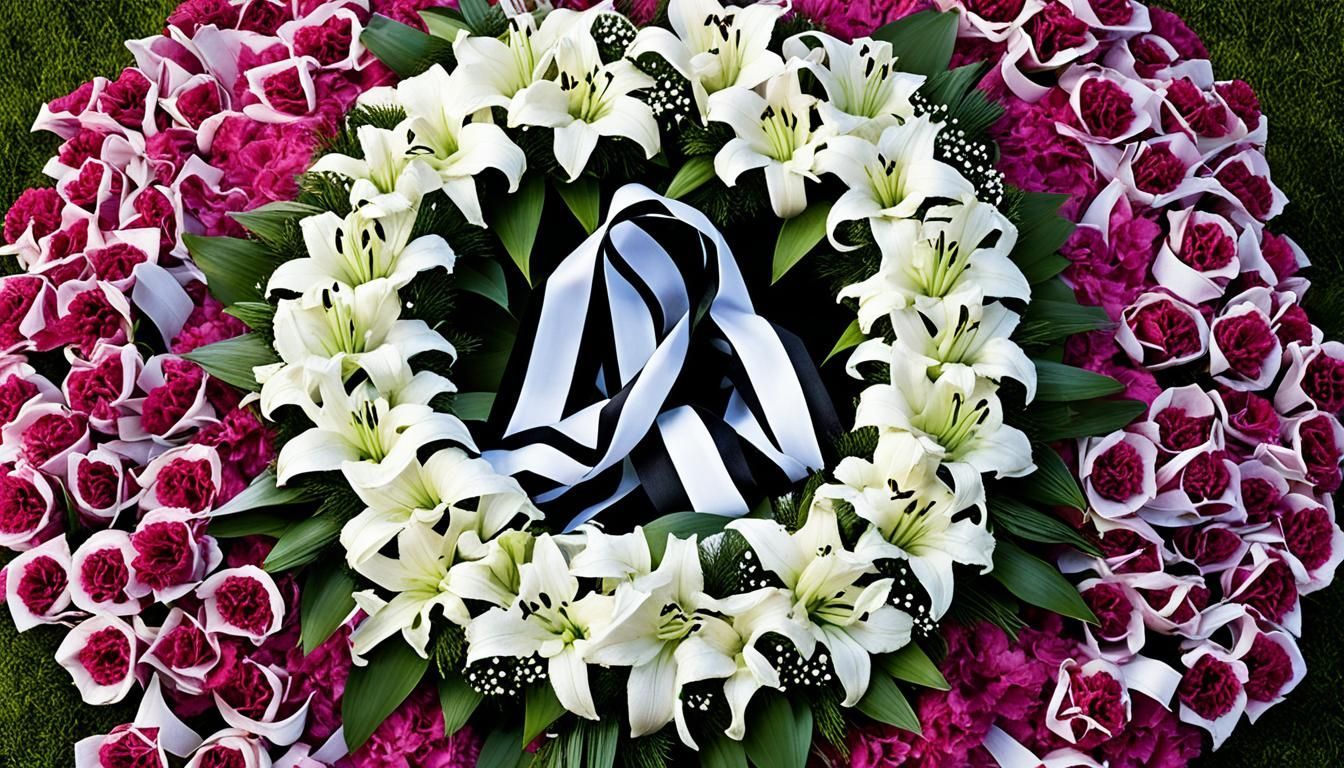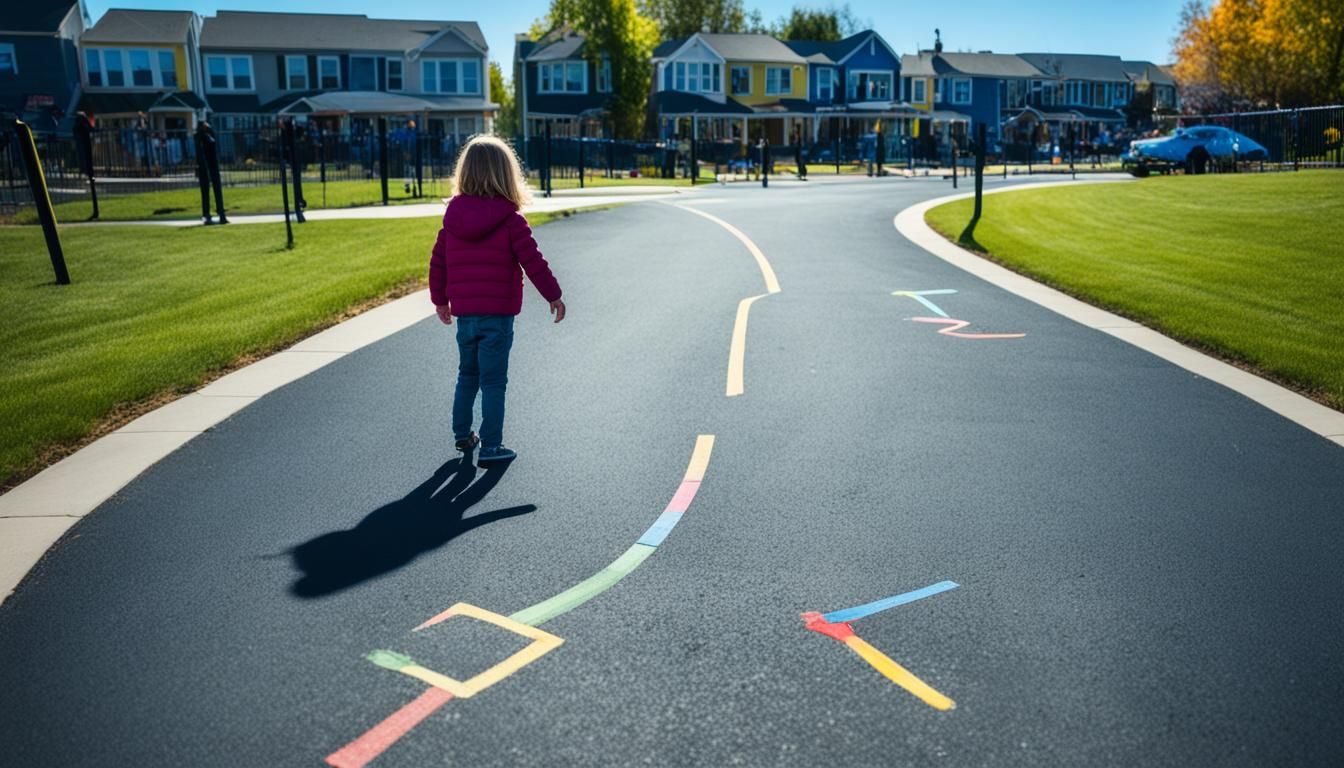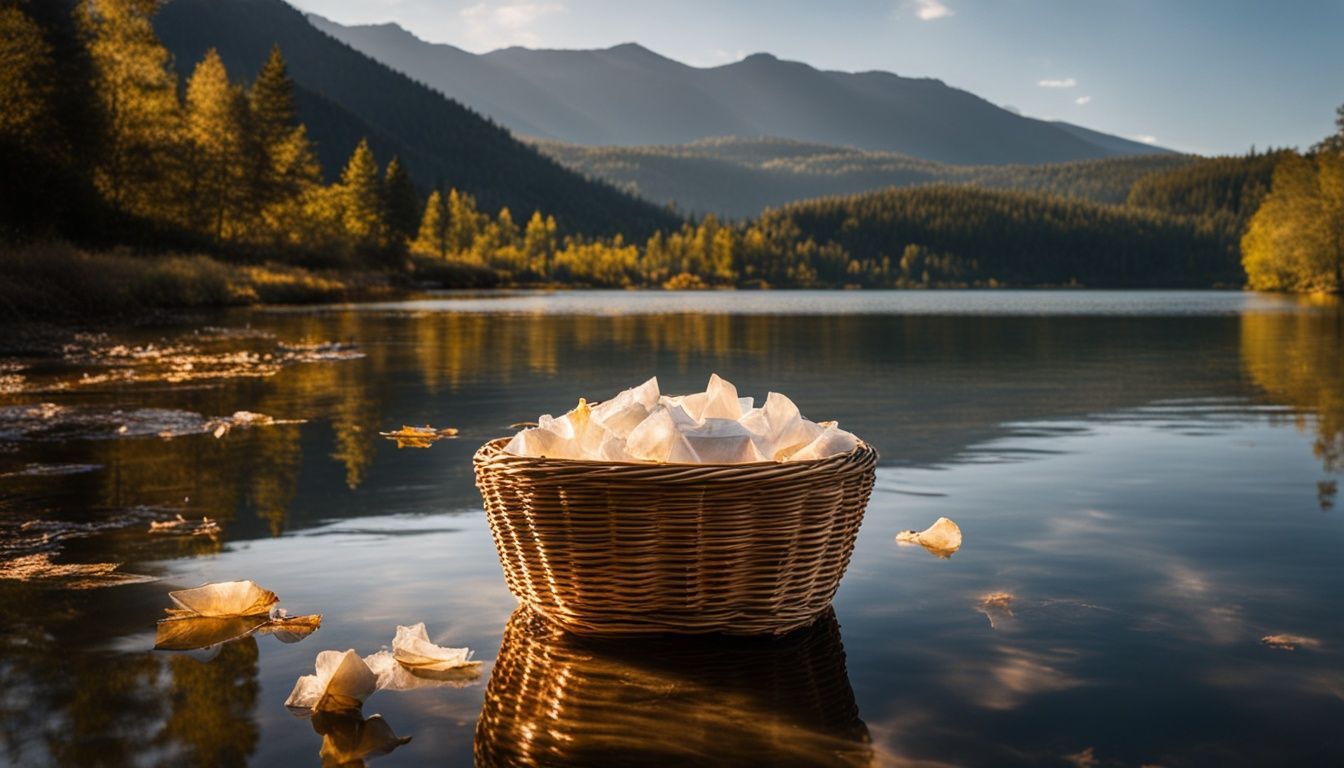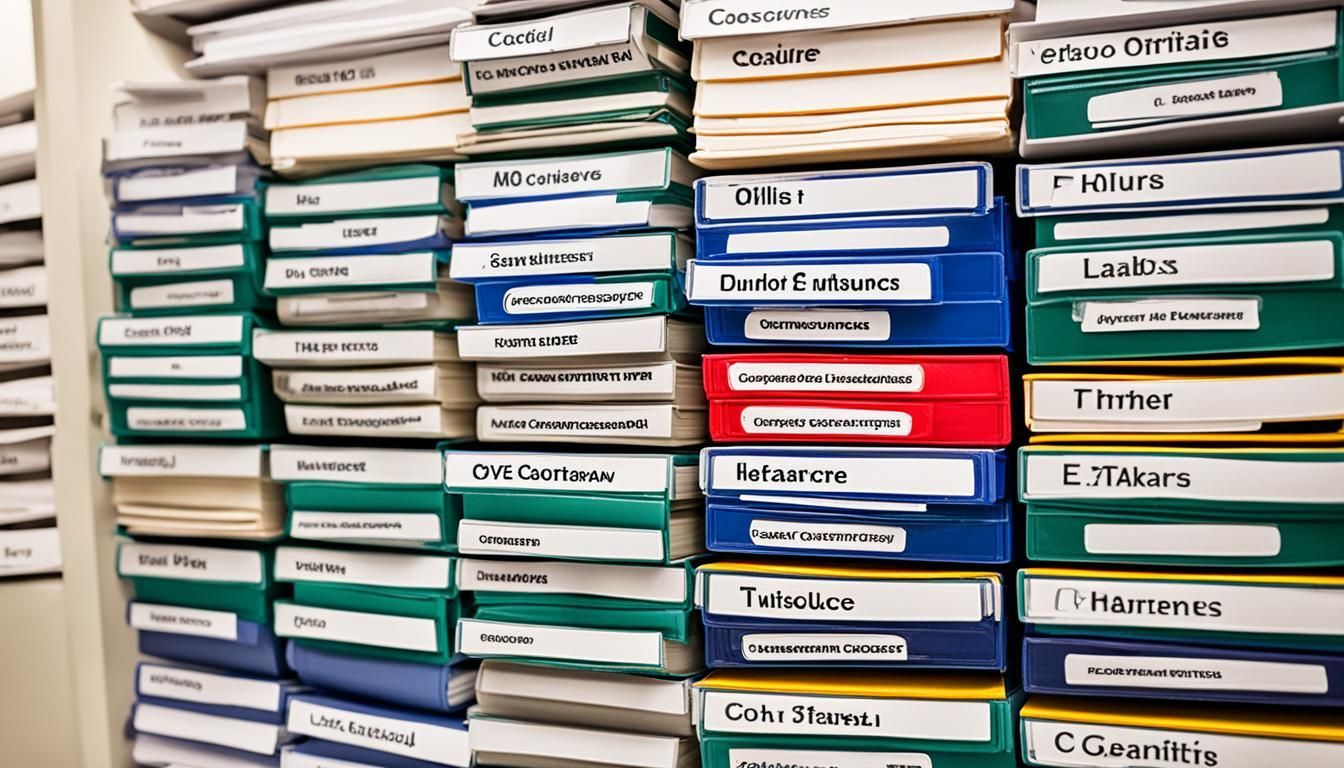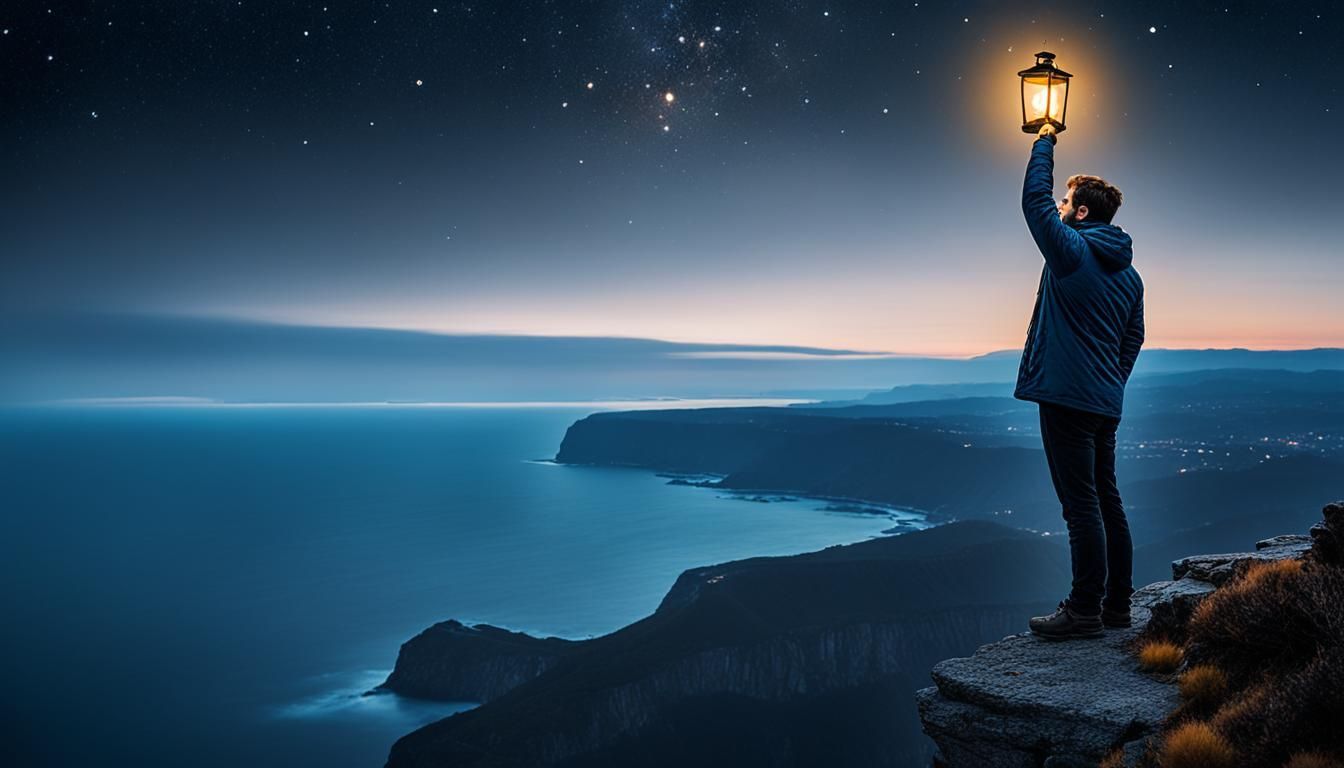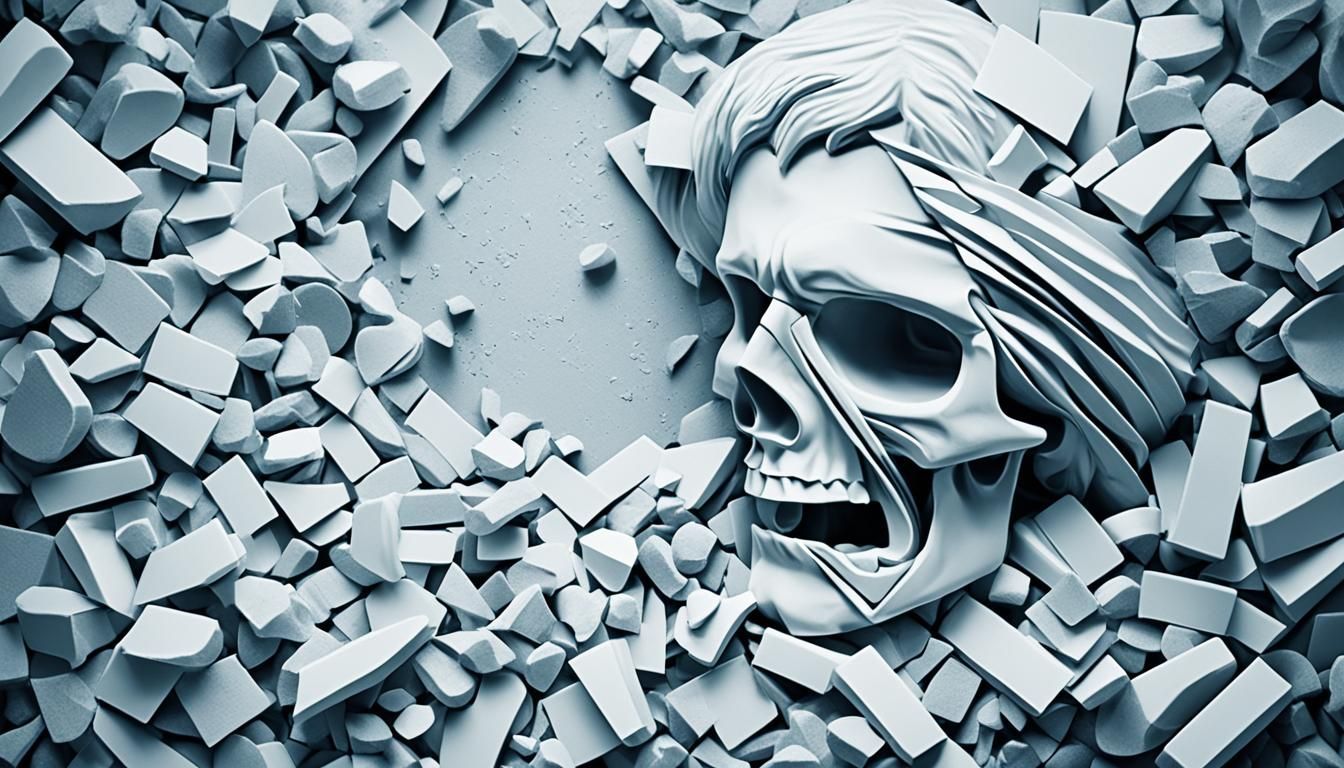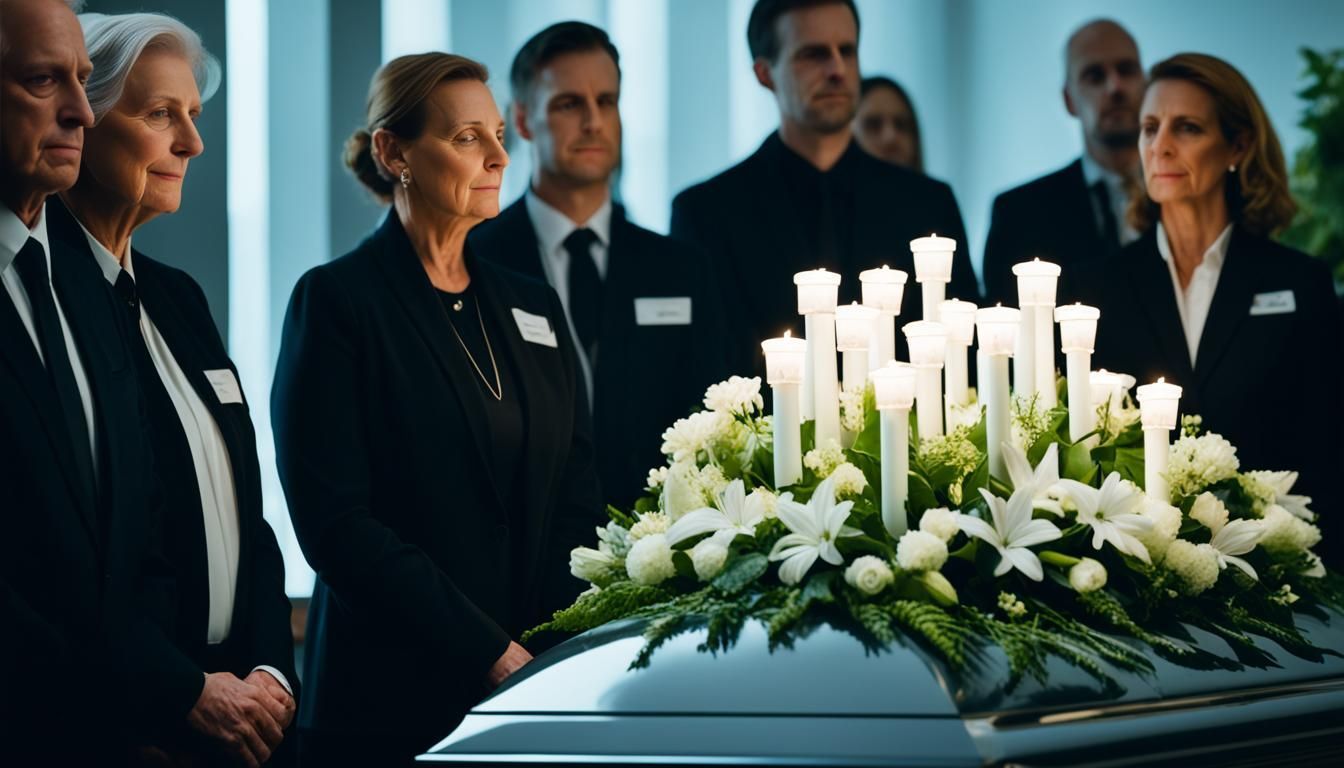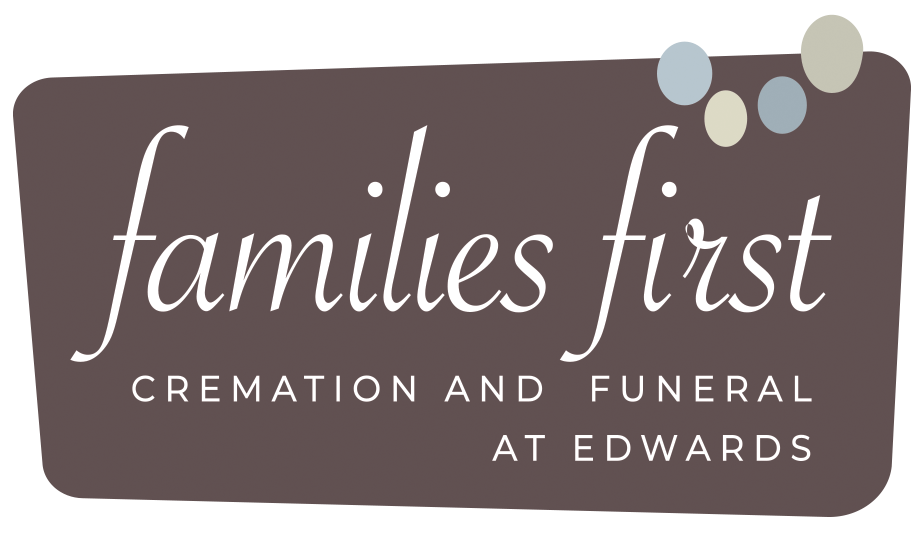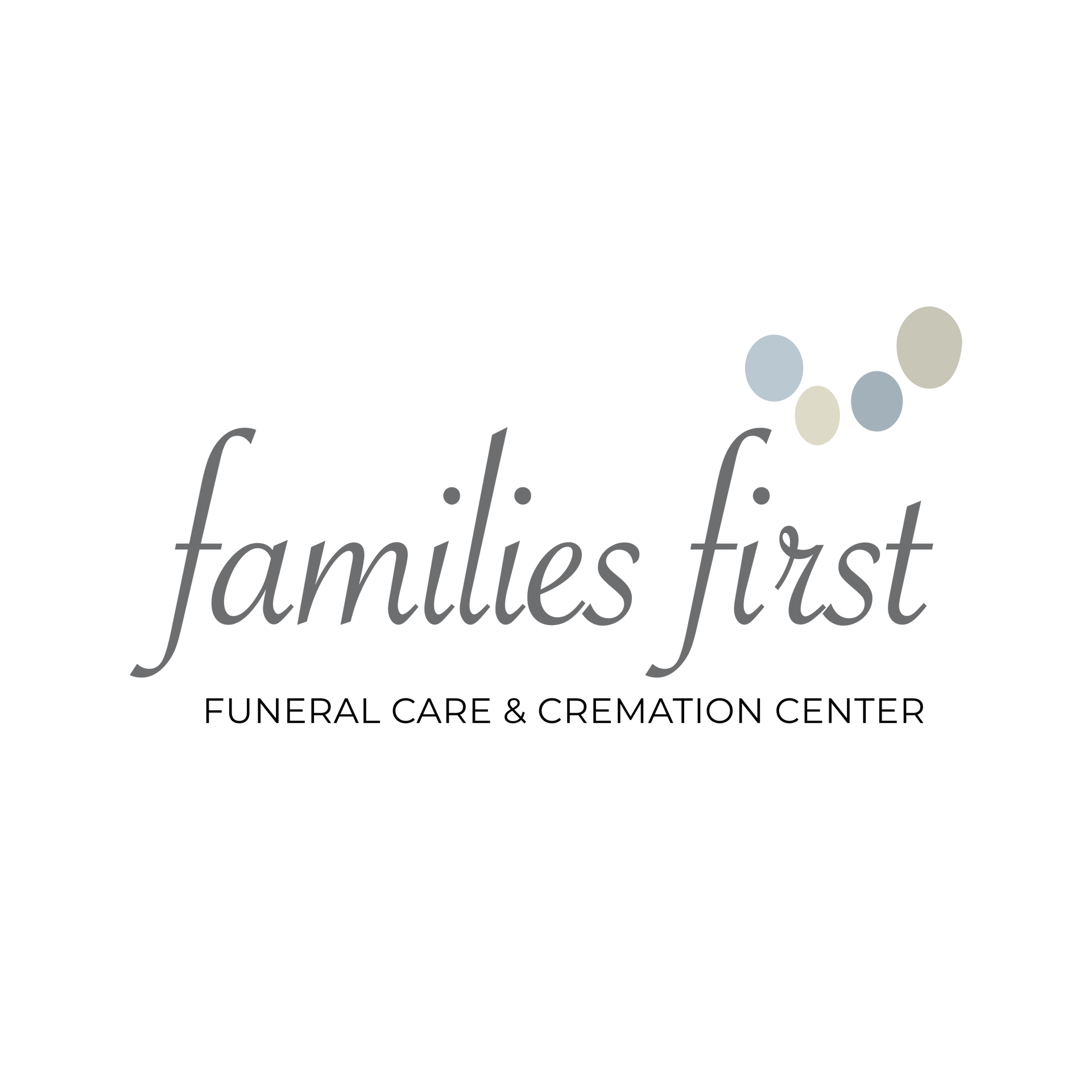Understanding How Cemetery Markers Are Made
Understanding How Cemetery Markers Are Made
What happens when we make cemetery markers for our loved ones? It starts with raw materials. They turn into headstones and gravestones that honor those we miss. This process is both art and engineering.
Cemetery markers show how much families care. Different methods and materials make each one special. Whether made of granite or marble, or bronze for flat markers, they are built to last and show love.
Creating tombstones requires skill and heart. Adding religious symbols or personal designs makes each one more meaningful. This helps families feel connected to their loved ones.
Key Takeaways
- Cemetery markers are crafted using a combination of traditional and modern techniques, ensuring both durability and personalization.
- Common types of markers include upright headstones, flat markers, and ledger stones, each with unique materials and designs.
- Religious and custom symbols are often integrated into the design, reflecting the spiritual and personal lives of the deceased.
- The choice of material—granite, marble, bronze—affects not only the appearance but also the longevity of the marker.
- Modern technologies like laser engraving and direct-to-metal machining allow for intricate detailing and high levels of customization.
Learning how cemetery markers are made helps us appreciate the effort put into each one. Join us to explore the craft of making gravestones that honor memories forever.
The History and Significance of Cemetery Markers
Grave marking is a tradition that goes back to ancient times. Early humans used simple rock piles. Today, we have elaborate 'garden' cemeteries with detailed memorials. Back then, wooden markers and fieldstones were common but they didn't last long.
Historical Evolution
By the 17th century, the way we made gravestones had changed a lot. We started using tablet headstones made of sandstone, schist, and slate. These materials were a big step up from the simple markers used before in early America. Then, the 18th century made gravestones more decorative. They often had symbols like crossbones and angels, mixing art and symbolism.
The public cemeteries that began to appear in the 19th century changed things again. Cemetery markers then showed the deceased's life through different symbols including their job or faith. White marble became popular during the Civil War, used for soldiers' graves by the US government. Granite became the top choice by the late 19th century because it lasts a long time and looks good.
Materials Used Over Time
The choice of materials for markers has changed over time. At first, people used wooden planks and stones. But soon, they moved on to better materials like sandstone and marble. These materials were not just stronger; they also looked different, each adding a unique touch to the graveyard.
In the early 20th century, things transformed again with the introduction of park-like cemeteries and flush bronze markers. This was also when personalized bronze markers started being used. They allowed for more personal touches in remembering loved ones.
Modern Cemetery Markers
Now, technology has changed how we make cemetery markers. We use computers and machines to put full-color pictures and custom designs on bronze. Granite remains popular. It's strong, lasts a long time, and keeps looking good.
Comparison of Materials Over Time
| Material | Era | Characteristics |
|---|---|---|
| Wooden Planks | Early America | Susceptible to decay and weathering |
| Sandstone, Schist, Slate | 17th Century | Durable, used in tablet headstones |
| Limestone, Marble | 18th - 19th Century | Ornate, symbolic designs |
| White Marble | Civil War Era | Government-supplied for soldiers’ graves |
| Granite | Late 19th Century - Present | Highly durable, weather-resistant |
| Bronze | Early 20th Century - Present | Customizable, sleek designs |
We have come a long way from simple rock piles to modern gravestones. The evolution of cemetery markers reflects both technological progress and how we remember loved ones. These changes tell a story about our values and how we honor those who passed away.
Detailed Breakdown of How Cemetery Markers Are Made
Making cemetery markers is a complex process with many steps. Each step is designed to honor loved ones with a lasting tribute. Let's take a closer look at how this happens and learn about the special methods used in the memorial industry.
Sand Casting
The sand casting process for bronze markers is an old and important way to make cemetery markers. First, a pattern showing the marker's details is pressed into sand to make a mold. Then, molten bronze is poured into this mold. This creates a detailed and elegant final product. Despite new technology, sand casting remains a favorite for making bronze memorials.
Laser Engraving
Laser engraving for cemetery markers is unique in this field. It's known for producing sharp images and fine text. A laser burns away a special coating on bronze, creating precise, high-contrast engravings. This method adds a personal touch to grave markers.
Direct-to-Metal Machining
Trigard Memorials brought us a new method called direct-to-metal machining since 2001. It combines CNC technology with detailed designs to etch directly onto bronze. CNC machines use three-dimensional designs to create lifelike images on the bronze. This technique makes cemetery markers deeply personal and beautiful, capturing heartfelt memories.
Finishing Touches
The final steps in making bronze memorials are about beauty and durability. Techniques like oxidation create a vintage look, while clear coating protects against weather. Hand-finishing adds a unique, personal feel, celebrating the art of remembering loved ones.
| Method | Details | Common Uses |
|---|---|---|
| Sand Casting | Created by pouring molten bronze into a sand mold | Traditional grave markers |
| Laser Engraving | Uses a laser to burn away a heat-sensitive coating on bronze | Commercial plaques, awards |
| Direct-to-Metal Machining | Employs CNC machines to carve detailed images onto bronze | Highly detailed cemetery markers |
| Finishing Touches | Includes oxidation, hand-finishing, and clear coating | Enhancing appearance and longevity |
Every process, whether old or based on new ideas, aims to make every cemetery marker a lasting tribute. They celebrate the lives and the memories of those who have passed away.
Conclusion
Making cemetery markers is a detailed and very personal job. It starts with picking the raw materials and ends with the final details. Each step is done with great care and respect. Most grave markers are made from granite, marble, and bronze. But, we're learning more about the environmental effects of getting these materials. So, we're starting to use sustainable materials more.
Looking ahead, more people will want eco-friendly grave markers. Cemeteries play a big part in supporting green practices. They're leading the way for others to follow. These green options include stones from nearby, recycled glass, and markers that break down over time. These choices still allow us to make memorials that are personal and honor our loved ones in a special way.
There are many types of markers, like upright headstones or flat ones. They suit different tastes, from traditional to modern. You can choose from durable granite in many colors, bronze that lasts long, or special natural boulders. The material affects how long the marker lasts and how it looks. We think about things like cemetery rules, your budget, how personalized you want it, and your beliefs. This ensures the memorial is a proper tribute. Today's cemetery markers blend old crafting skills with new green methods. They stand as lasting symbols of lives well-lived.
FAQ
What is the cemetery marker production process?
The process starts with designing and selecting materials. Then, it moves to crafting. This can be done through sand casting, laser engraving , or direct-to-metal machining. Finally, finishing touches are added for durability and personalization.
How have cemetery markers evolved over time?
Cemetery markers started as simple rock piles in Neanderthal times. They moved to wooden memorials and stone slabs. Now, we use granite and bronze, showing how our society, beliefs, and technology have changed.
What materials are commonly used in the crafting of cemetery gravestones?
In the past, materials like wood, fieldstones, and marble were used. Today, granite, bronze, and other long-lasting materials are preferred. They stand up well to weather.
What is the sand casting process for bronze markers?
Sand casting starts with making a memorial pattern. It's pressed into sand to make a mold. Then, molten bronze is poured in. This creates a solid and detailed design.
People like this method for its classic look and historical value.
How does laser engraving enhance cemetery markers?
Laser engraving makes detailed, high-contrast images and text possible. It uses a laser to burn away material, creating sharp marks. This method allows for great detail.
What is direct-to-metal machining?
This technique uses CNC machines to carve detailed images and text onto metal. Developed by Trigard Memorials, it provides high resolution and deep detail for memorials.
What finishing touches are applied to cemetery markers?
Markers are often oxidized for a unique look. They're also coated to protect against the weather. Hand-finishing makes each marker special, honoring the person it's for.
What factors influence the choice of materials for cemetery markers?
Choices are based on cultural norms, the desired lasting time, and what materials are nearby. How well a material can be worked with and its durability matter too.
Are modern cemetery markers customizable?
Yes, today's markers are very customizable. They can be personalized with intricate laser engravings and detailed machining, plus various finishes. This lets families make unique tributes to their loved ones.
Source Links
- https://mycatholiccemetery.org/2023/06/26/the-meaning-behind-different-types-of-cemetery-markers-and-headstones/
- https://www.nps.gov/orgs/1739/upload/preservation-brief-48-grave-markers.pdf
- https://powersfuneralhome.net/blogs/blog-entries/3/Blogs/50/Short-Guide-to-Grave-Markers-What-You-Need-to-Know.html
- https://www.trigardmemorials.com/blog/the-history-of-grave-markers-in-america/
- https://www.cem.va.gov/history/hmhist.asp
- https://www.memorials.com/info/what-are-headstones-made-of/
